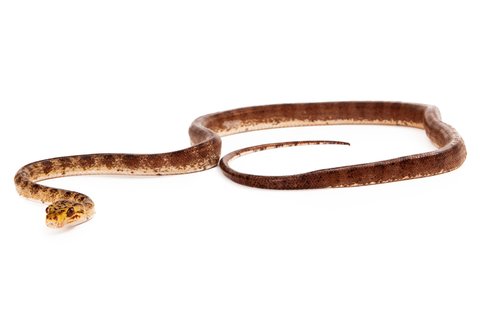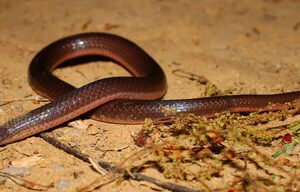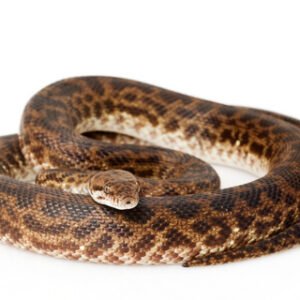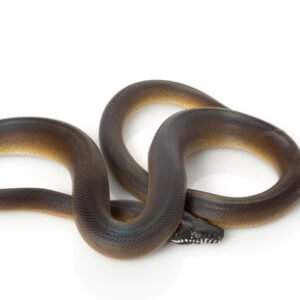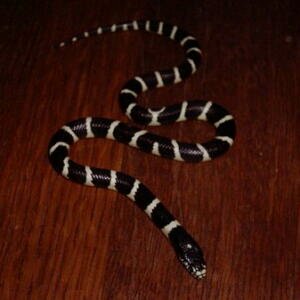The Natural Habitat of the Amazon Tree Boa
The Amazon tree boa (Corallus hortulanus) is a strikingly beautiful snake that has adapted remarkably well to its environment in the dense rainforests of South America, predominantly in the Amazon Basin. This region is characterized by a unique combination of high humidity levels, diverse flora and fauna, and a complex vertical structure of tree canopies. The rainforest provides an ideal habitat for the Amazon tree boa, allowing it to thrive in its arboreal lifestyle.
One of the key features of the Amazon rainforest is its extraordinarily high levels of biodiversity. This rich ecosystem supports countless species of plants and animals, making it a vibrant environment where the Amazon tree boa can find a variety of prey. The boa primarily hunts birds and small mammals, which are abundant in the treetops. By using its camouflage, a trait well-developed in this species, the Amazon tree boa can remain hidden among the leaves, striking efficiently when the opportunity arises.
The vertical structure of the forest is another essential aspect of the boa’s habitat. The branches and leaves of the canopy create multiple microhabitats where the snake can comfortably reside. The Amazon tree boa often chooses to inhabit the mid to upper levels of the canopy, where it can easily navigate through the foliage. This preference for higher elevations not only aids in hunting but also offers protection from larger terrestrial predators.
Moreover, the humidity found in these rainforests plays a vital role in the survival of the Amazon tree boa. The moist environment is essential for maintaining hydration and regulating body temperature, crucial components for the boa’s overall health and activity levels. Consequently, the combination of dense vegetation and climatic conditions makes the Amazon rainforest an optimal habitat for the tree boa, allowing it to flourish and maintain its place within this intricate ecosystem.
Behavior and Adaptations of the Amazon Tree Boa
The Amazon tree boa (Corallus hortulanus) exhibits a variety of fascinating behavioral traits and adaptations that enable it to thrive in its lush, arboreal habitat. One of the most notable aspects of its hunting strategy is its ambush technique. By utilizing its excellent camouflage, which consists of a pattern of green and brown scales, the boa can blend seamlessly into the foliage of trees. This ability allows it to remain hidden from both prey and potential threats, thereby enhancing its effectiveness as a predator.
When hunting, the Amazon tree boa employs a wait-and-strike method. It often remains motionless for extended periods, patiently waiting for unsuspecting birds or small mammals to approach. Once the opportunity arises, the boa strikes with remarkable speed and precision. This ambush hunting strategy not only conserves energy but also increases the chances of a successful kill, making it a highly efficient predator in the dense canopy of the Amazon rainforest.
The Amazon tree boa’s method of locomotion in its habitat further complements its hunting tactics. It is an expert climber, able to navigate the treetops with exceptional agility. Its prehensile tail plays a crucial role in this locomotion, allowing it to grasp branches securely while maneuvering through the trees. This adaptation not only facilitates hunting but also provides a means of escape from potential threats.
Social behaviors are also an essential aspect of the Amazon tree boa’s life. During the breeding season, males engage in vibrant courtship displays, which include complex movements and displays of color. This behavior not only attracts females but also establishes dominance among competing males. Although generally solitary, interactions with other species, such as competition for nesting sites or food sources, are common in this rich ecosystem.
Despite its numerous adaptations, the Amazon tree boa faces challenges in its environment, including habitat destruction and competition with non-native species. Nevertheless, its keen hunting strategies, effective camouflage, and adaptability to its surroundings have ensured its continued success as a formidable predator within the rainforest.

